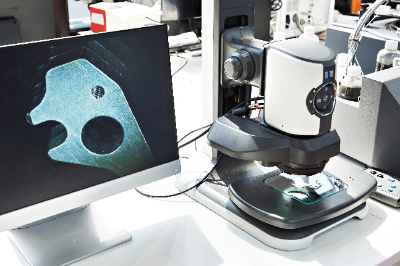What Is Floor Tile?
Floor tiles are thin flooring materials resembling tiles, commonly known as polyvinyl chloride (PVC) vinyl floor tiles.
Recently, SPC materials resistant to expansion and contraction have become available as well. Floor tiles are popular due to their wide variety of colors and patterns, including wood grain and marble patterns, which facilitate easy alteration of the floor’s ambiance.
Uses of Floor Tile
Floor tiles find applications in various areas of a home, including Western-style rooms, entryways, and bathrooms. They are often utilized as finishing materials to alter the floor’s ambiance, conceal scratches, or transform a Japanese-style room into a Western-style one as a DIY project.
Moreover, they are frequently employed in stores due to their resistance to water damage, scratches, and dirt, their suitability for use on dirt floors, and their ease of installation. In recent times, however, they are increasingly being utilized in residential water areas as well.
Various substrates, including existing flooring, flat concrete surfaces, and plywood, can be used for installation. The “just put” type, which requires no adhesion, can be installed in places where restoration to the original condition is necessary, such as rental housing.
Features of Floor Tile
Pros
1. Wide Variety of Designs
Floor tiles offer a diverse range of designs. They feature wood grain, stone, and various other patterns and colors, allowing for versatile application as accents.
They are available in square and rectangular sizes and are easy to install, enabling accentuation through different application methods, such as brick or random application.
2. High Durability
Made of tough polyvinyl chloride, floor tiles exhibit high durability. They resist dents and scratches caused by the weight of furniture and are particularly useful for floor finishes in stores with heavy fixtures.
3. Easy Maintenance
The vinyl-coated surface of floor tiles makes maintenance extremely convenient. Water spills and grease stains can be effortlessly cleaned with a quick wipe.
Additionally, they can be waxed several times a year to restore their luster and make minor scratches less noticeable.
Cons
1. Lack of Cushioning Properties
Typically about 2.5 mm thick, floor tiles lack cushioning properties. Their hardness prevents denting from furniture and fixtures. They feel hard when walking on with bare feet and may feel cold in winter and other cold weather conditions.
Moreover, if the substrate is not clean and flat, its thinness can result in an uneven floor, leading to tripping hazards and a poor appearance.
2. Installation Takes Time
Floor tiles need to be applied individually, which prolongs the installation process. When remodeling a house and considering a switch to floor tiles, scheduling a delivery date well in advance is advisable.
3. Lack of Soundproofing
Being hard and thin, floor tiles lack soundproofing properties. The flapping sound of slippers may echo to the floor below. In certain cases, floor tiles are prohibited in apartment buildings, so thorough inspection is crucial before installation.
How to Choose Floor Tile
1. For Use in Offices and Stores
Since offices and stores contain desks, fixtures, and other immovable objects, the wax-free type, which does not require wax, is recommended.
2. For Residential Use
Entranceway
Marble-patterned floor tiles can create a luxurious atmosphere. Since entranceways may encounter wet shoes, a urethane adhesive will prevent floor tiles from peeling off even if some water seeps underneath.
Living Room
Wood grain-patterned floor tiles, resembling wood flooring, can visually expand a room. Warm-colored floor tiles can also impart a cozy feel to the space.
Water Area (Kitchen and Washroom)
Considering the prevalence of stainless steel or ceramic floor tiles in kitchens and bathrooms, using stone-grain floor tiles or those with minimal patterns can promote coherence and clarity. For splash resistance, it’s advisable to use a water-resistant urethane adhesive.
